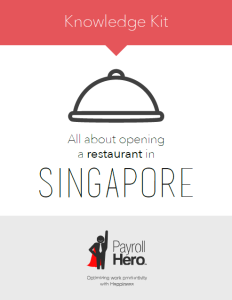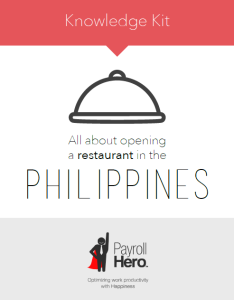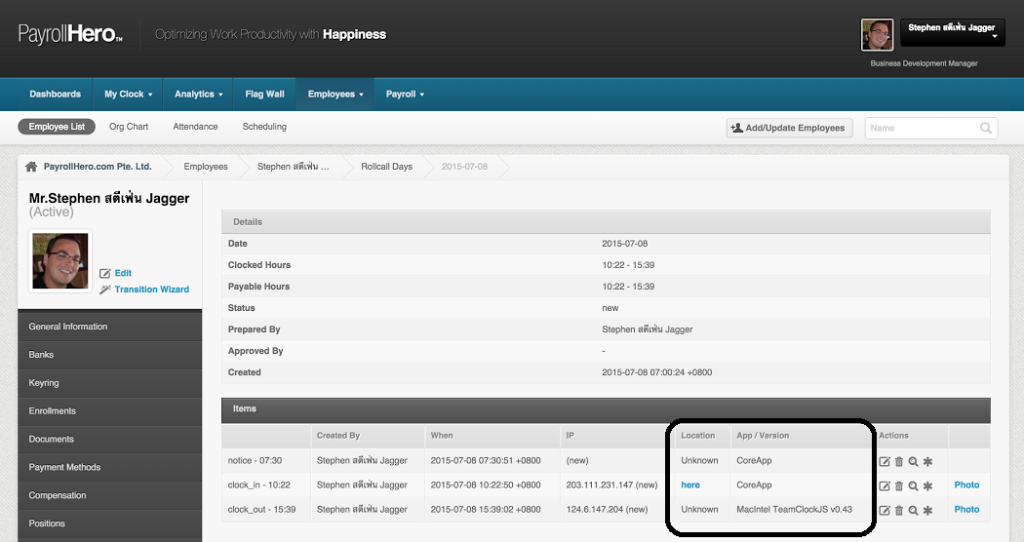Introducing Carlo Buenaflor, the CEO of Bigg’s, Inc. Carlo operates 15 restaurants in the Bicol area of the Philippines and is the honorary consul of Spain in the Bicol Region of the Philippines.
We took a moment to chat with Carlo about operating his restaurants in a province of the Philippines and where he sees his brand going next.
 1. You are the CEO of Bigg’s and ¿Que Pasa? – can you tell me a bit more about each brand?
1. You are the CEO of Bigg’s and ¿Que Pasa? – can you tell me a bit more about each brand?
Yes, we have 14 Bigg’s Diner in different locations throughout Southern Luzon and a new brand called ¿Que Pasa? with 1 outlet located in Naga City. Bigg’s Diner is a 31 year old brand that serves fried chicken, burgers and several dishes of Filipino and American comfort food. ¿Que Pasa? serves Bicolano Colonial Cuisine which is a mix of Bicolano and Spanish flavors. Although it’s only a few months old, it is already creating waves in social media because of its fresh take on barbecue.
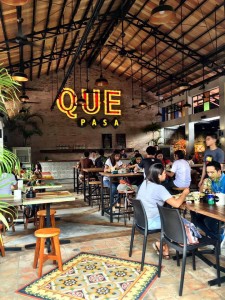 2. ¿Que Pasa? – sounds exciting, can you tell us a bit more about how the brand came about, what you did to understand your communities needs, etc?
2. ¿Que Pasa? – sounds exciting, can you tell us a bit more about how the brand came about, what you did to understand your communities needs, etc?
We realized that the millennial market is constantly looking for something new where they have control over their dining experience. At ¿Que Pasa?, they can choose their meat, sidings and rice options and be in a dining environment that celebrates colonial art and history. The location of ¿Que Pasa? is in a historical district of Naga where a well preserved century old archway is part of the restaurant architecture. ¿Que Pasa? has made Spanish cuisine accessible to the millennial market and has made it cool.
3. You operate your restaurants in a province of the Philippines (not a large city), what challenges come with that?
The challenges with operating multiple stores in the province are logistical and operations support. Our furthest store from our commissary is 10 hours away. There are a lot opportunities in the province because big brands normally neglect it which leaves a vacuum. Visiting and monitoring store operations in this kind of set up is tough.
4. What technology do you use in your businesses?
We have POS systems installed in all our stores but unfortunately they are not linked to our head office yet. We don’t have any loyalty system in place yet but it is a big consideration as we move forward.
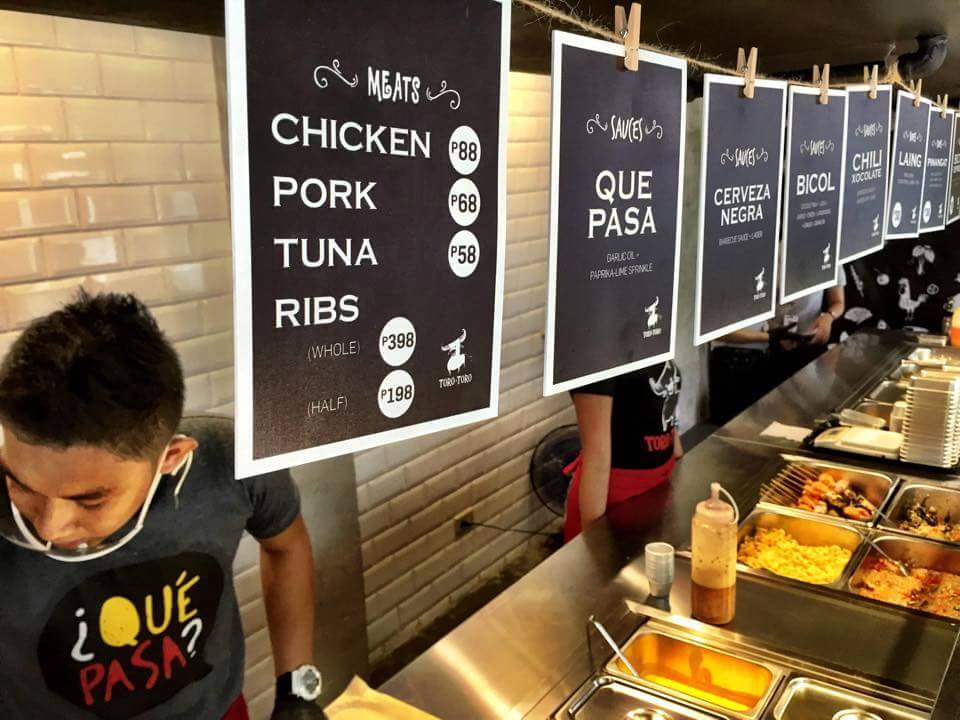 5. How do you decide on a location? (mall? street level? stand alone business?)
5. How do you decide on a location? (mall? street level? stand alone business?)
There is no rule of thumb for locations. This process remains to be the most challenging as we decide to grow. Malls don’t assure the business success they once gave. The market is constantly shifting and we have to be ahead of that. The cost to build a store is very expensive so we can’t afford poorly chosen sites. The best indicator for successful locations is the presence of our industry peers.
6. At what point did the number of locations change how the business is run? I have been told, 1 or 2 locations is ok, but 3+ requires a different management approach, systems, procedures, etc. What was the tipping point for you?
Absolutely, I think anyone can run a successful 1 restaurant operation. 2 may be stretching it without a solid system and support groups in place. 3 would definitely be the tipping point. A different structure, mindset and management approach is certainly needed for a multiple outlet set up. Product, service quality and consistency become very challenging at this point. Only a few restaurant chains succeed beyond this critical point.
7. What is next for Biggs and Que Pasa?
Growth. We would like to see ¿Que Pasa? in every city in the Philippines.
8. anything else to add?
As a brand grows, the common mistake of an entrepreneur is that they get too engrossed with fixing the system and playing catch up with the growing demands of a growing business that they lose sight of the future of the business which should be their primary responsibility. Entrepreneurs should invest in good systems ahead of the growth curve of their business. A smart investment in a good inventory, distribution, accounting and payroll system will go a long way and save you a lot of money and time.




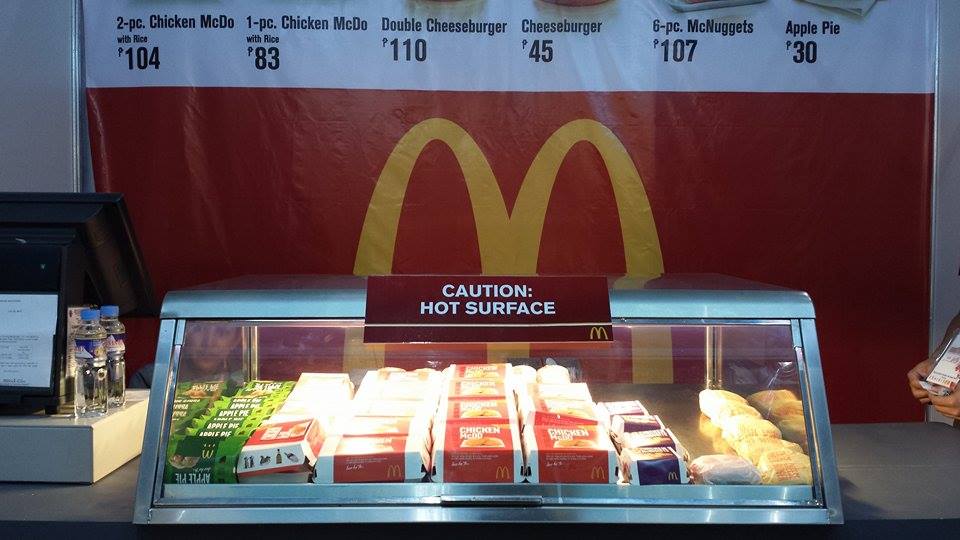
 Coffee brands ~ Really happy that I got to see some coffee brands present at MAFBEX! And guess what? They’re all franchise-ready! I had a trip to Bangkok recently and there were coffee kiosks in almost every street that I went to. Amazing! That would be a perfect dream.
Coffee brands ~ Really happy that I got to see some coffee brands present at MAFBEX! And guess what? They’re all franchise-ready! I had a trip to Bangkok recently and there were coffee kiosks in almost every street that I went to. Amazing! That would be a perfect dream.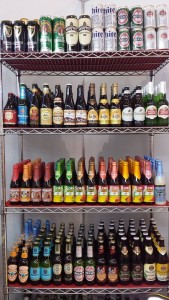 Baking supplies ~ There were several booths selling cake decorating tools, packaging materials, stencils, etc. But, I just had to take a photo of the materials below because they were really huge.
Baking supplies ~ There were several booths selling cake decorating tools, packaging materials, stencils, etc. But, I just had to take a photo of the materials below because they were really huge. Creative destruction
Creative destruction

